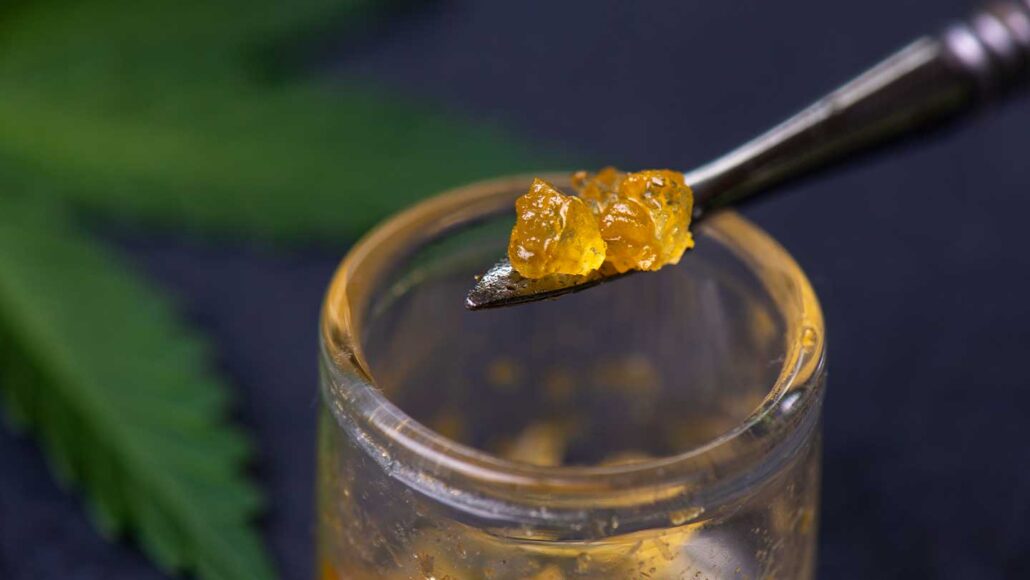Questions for ‘The teen brain is especially vulnerable to the harms of cannabis’

Concentrated cannabis products, such as waxes, budder and shatter, are produced by extracting chemicals from the marijuana plant. Such concentrated products can have a THC potency as high as 95 percent.
rgbspace/iStock/Getty Images Plus